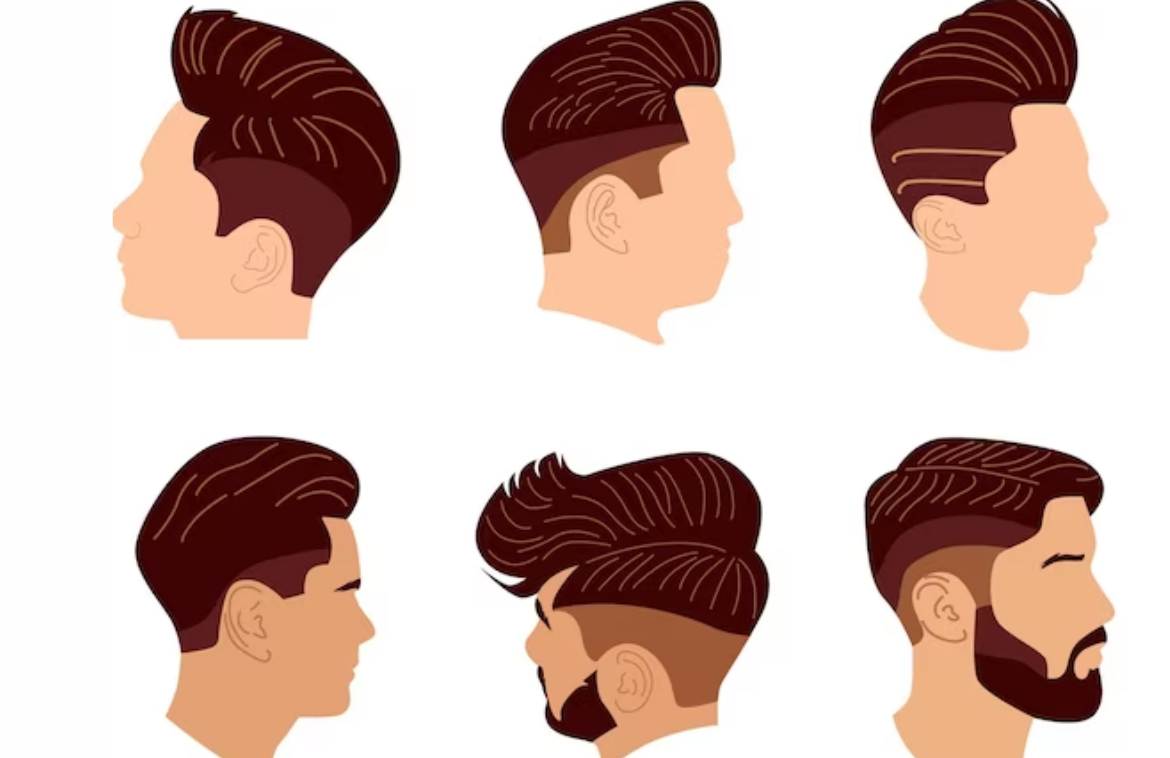People try out hair growth strategies for gorgeous and lustrous hair. After all, hair growth is important for a good appearance.
As a person ages, a few follicles do stop producing hair, which is what causes baldness or hair thinning. Hair growth is important to all and sundry.
On the whole, the growth cycle for each hair on one’s scalp can take 2–6 years.
How fast one’s hair grows depends on factors such as:
- Age.
- Overall health.
- Hair type.
- Certain health conditions.
Research is indeed still exploring how hair growth is regulated at the cellular level in a person’s body, and not much is known about the possibility of speeding up hair growth.
Stages of hair growth
Hair grows in three stages, and each strand of hair follows its own timeline:
1. Anagen: The active growth phase of hair tends to last 3–10 years.
2. Catagen: The transition phase where hair stops growing does last 2–3 weeks.
3. Telogen: The resting phase where hair tends o fall out lasts 3–4 months.
4. Exogen: Shedding phase.
At any given time, the average scalp has about 90 percent of the hair follicles in the anagen phase, about 1 percent in the catagen phase, and about 9 percent in the telogen phase. The last group does account for the approximately 100 to 150 strands of hair that fall out every day.
1. Can a person increase the anagen phase for hair growth?
How long the anagen phase lasts depends much on how long one’s hair is and if the cells in one’s follicle base are continuing to multiply and thus become hair cells.
Hair grows on account of matrix cells, which shed a little of their structure as they reach the upper follicle. The shed structure tends to combine with keratins to form hair strands that exit on the skin’s surface.
Researchers are indeed looking into what triggers the body to switch on the anagen phase, and more studies are required to know for certain what can be done in order to promote hair growth.
Trying out hair growth strategies
Hair consists of keratin and dead skin cells. While, in fact, there is no direct way to make the hair grow faster overnight, there are indeed steps a person can take in order to keep their hair healthy as well as long.
Keeping up with vitamins as well as nutrients
While several companies do promote vitamins or supplements for hair growth, they do not always directly affect hair length. A person’s body does require a lot of energy to make the hair grow, so getting too few calories and certain nutrients can affect it.
2. Apply essential oils or carrier oils
Place a few drops of tea tree, rosemary, or lime oil into your shampoo or dilute it with jojoba oil. Researchers observed that these three oils can indeed improve scalp health. Still, there is a lack of studies proving that any essential oil will make one’s hair grow faster.
Avoid applying essential oils directly to one’s skin. Instead, dilute them in carrier oil.
For example, add a few drops of essential oil to 1 ounce (29.6 mL) of carrier oil. Certain carrier oils may even help moisturize one’s hair.
- Coconut
- Sunflower
- Mineral
- Castor
It is better to consult a dermatologist prior to applying essential oils to one’s hair and scalp.
3. Try topical ointments
Topical ointments are usually suggested for people who experience hair loss and may help with hair growth.
Products promoting hair growth and helping treat alopecia, or hair loss:
- Topical melatonin.
- Topical minoxidil 5 percent (Rogaine).
- prescription finasteride (Propecia) topical.
4. Take keratin supplements
Hair loss is a common symptom of protein deficiency, so taking protein supplements, including keratin, can improve hair health among those who are deficient. Besides this, not much is really known about the effects of protein, keratin, and vitamins on hair health.
A particular test tube baby study found that keratin might decrease hair loss, treat damaged hair, and increase hair diameter. Yet, more research is required to better understand how this nutrient might support hair growth.
Conclusion
Hair growth strategies can be tried out for hair growth.




